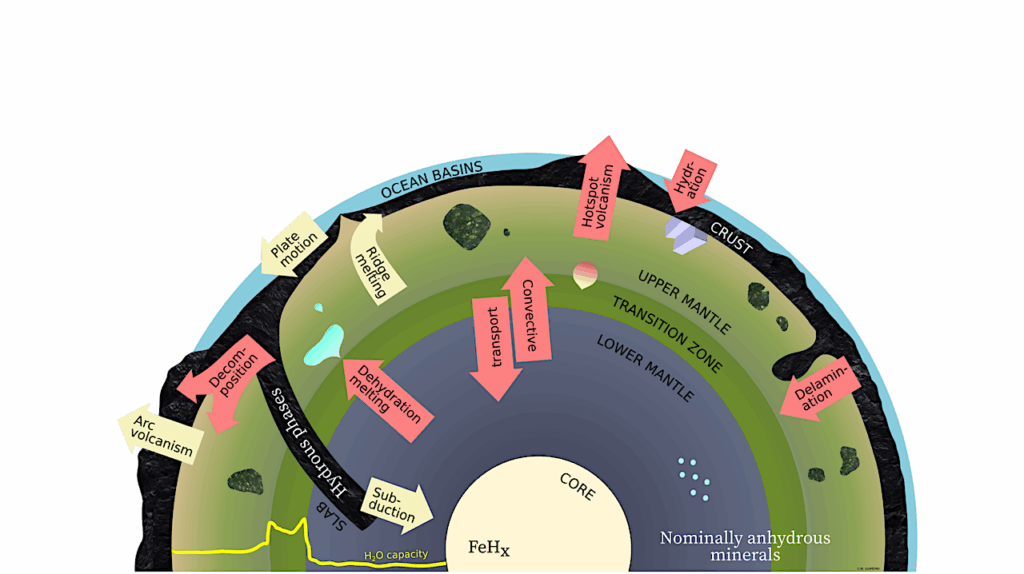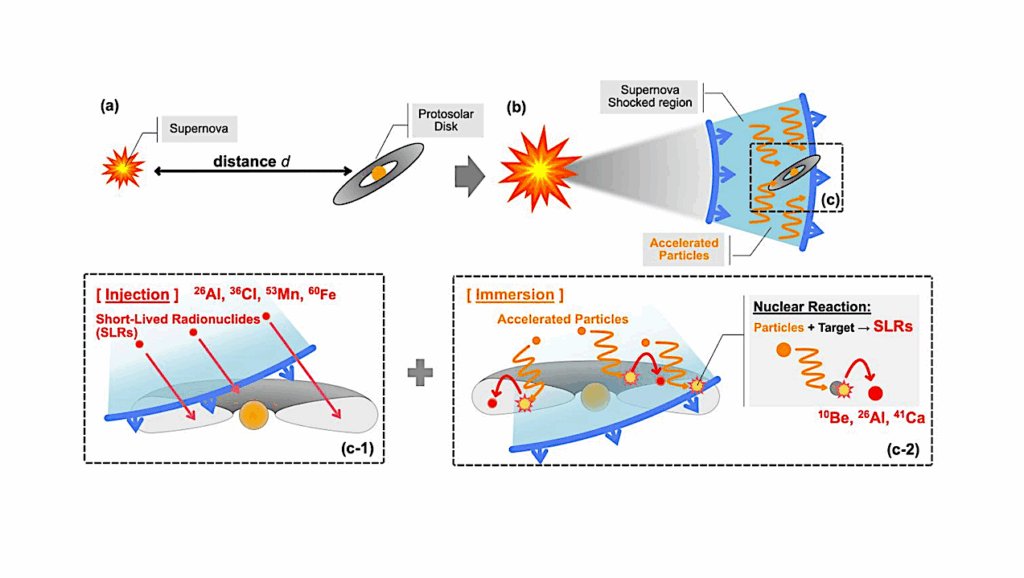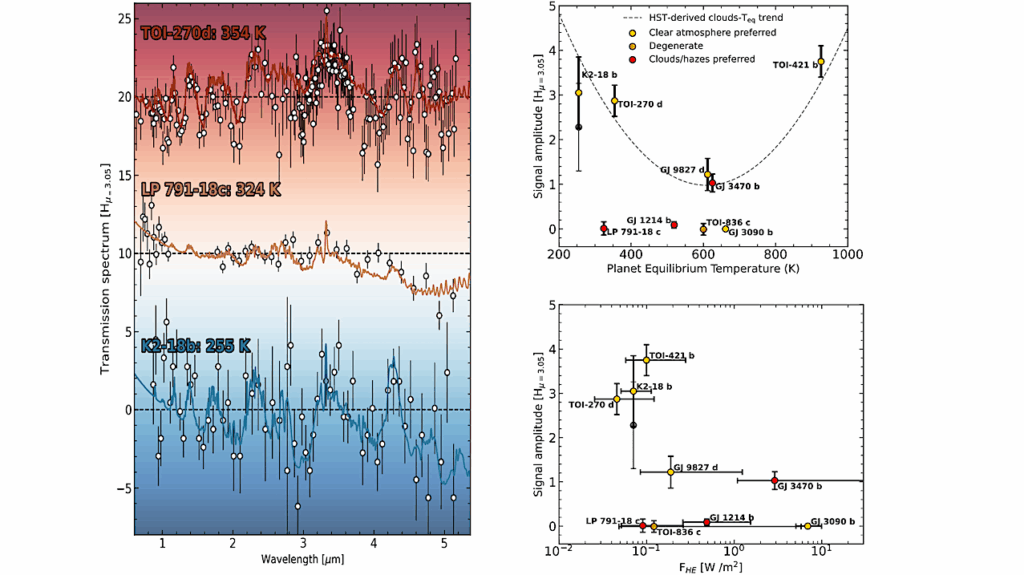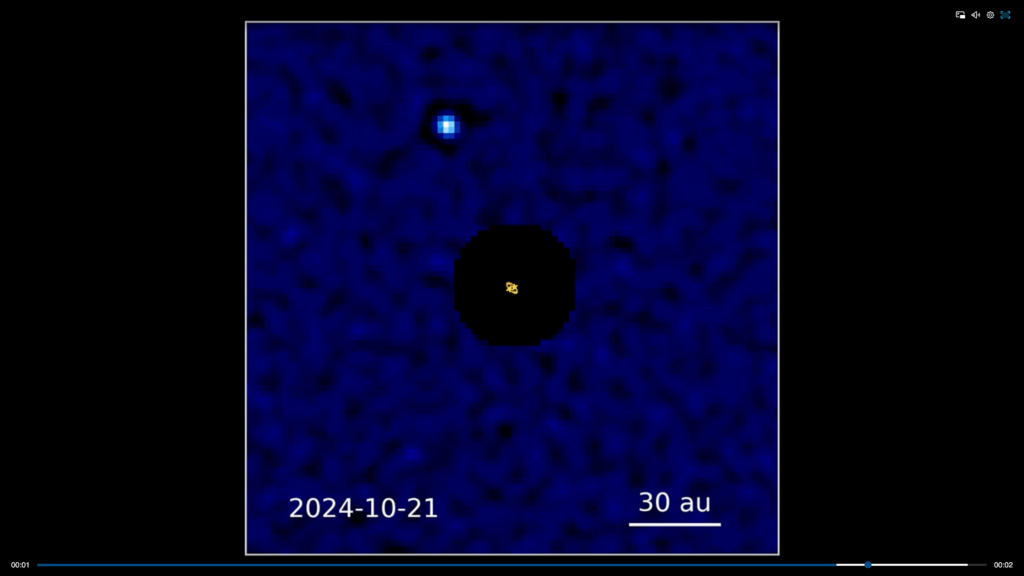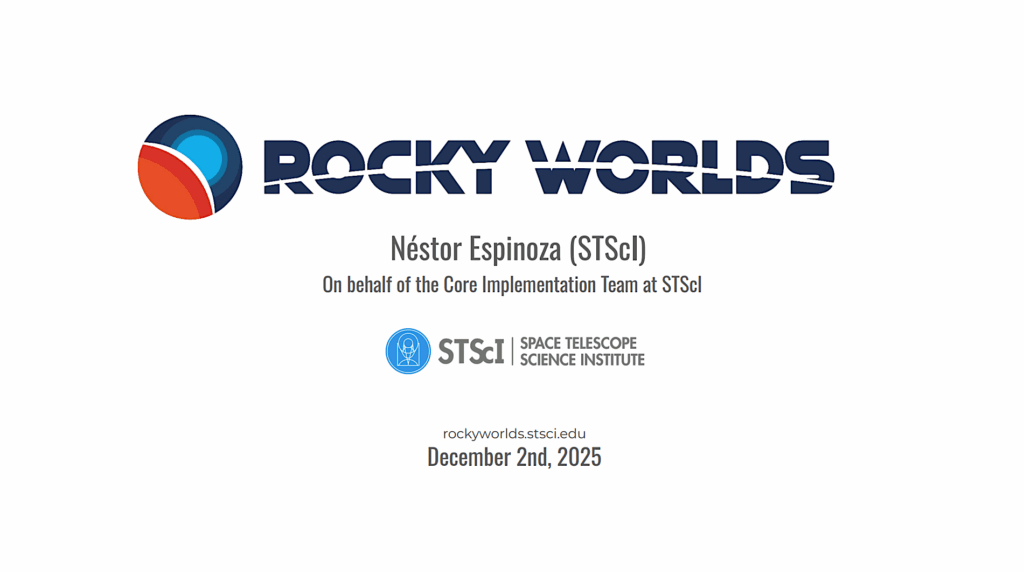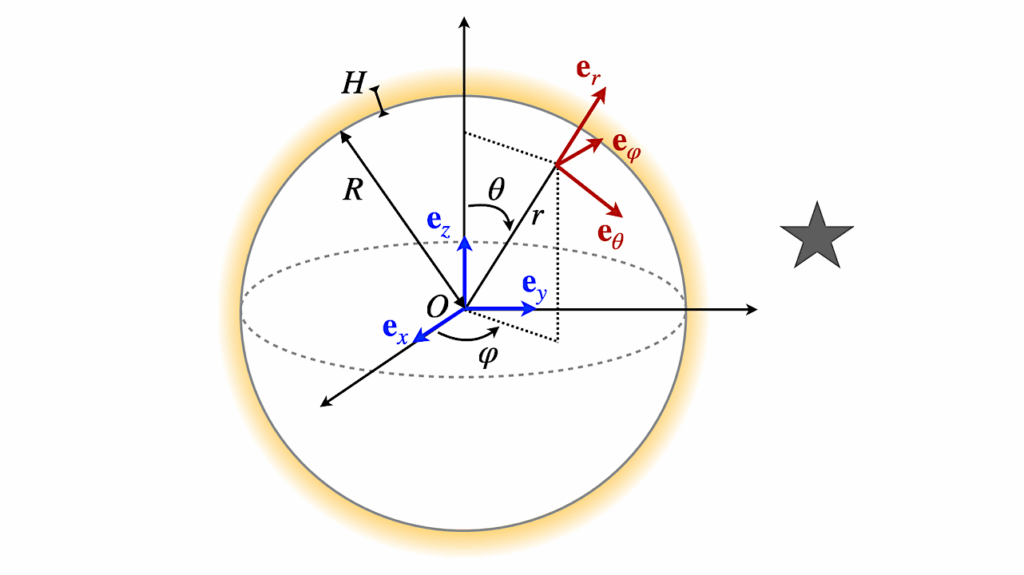Final Signs of Life on Terrestrial Planets Near the End of Their Habitable Lifetimes

The biosignatures of life on Earth do not remain static, but change considerably over the planet’s habitable lifetime.
Earth’s future biosphere, much like that of the early Earth, will consist of predominantly unicellular microorganisms due to the increased hostility of environmental conditions caused by the Sun as it enters the late stage of its main sequence evolution.
Building on previous work, the productivity of the biosphere is evaluated during different stages of biosphere decline between 1 Gyr and 2.8 Gyr from present. A simple atmosphere-biosphere interaction model is used to estimate the atmospheric biomarker gas abundances at each stage and to assess the likelihood of remotely detecting the presence of life in low-productivity, microbial biospheres, putting an upper limit on the lifetime of Earth’s remotely detectable biosignatures.
Other potential biosignatures such as leaf reflectance and cloud cover are discussed.
Swansong Biospheres II: The final signs of life on terrestrial planets near the end of their habitable lifetimes
Jack T. O’Malley-James, Charles S. Cockell, Jane S. Greaves, John. A. Raven (Submitted on 17 Oct 2013)
Comments: Accepted for publication in International Journal of Astrobiology
Subjects: Earth and Planetary Astrophysics (astro-ph.EP)
Cite as: arXiv:1310.4841 [astro-ph.EP]
(or arXiv:1310.4841v1 [astro-ph.EP] for this version)
Submission history From: Jack O’Malley-James [v1] Thu, 17 Oct 2013 20:09:11 GMT (1331kb)


